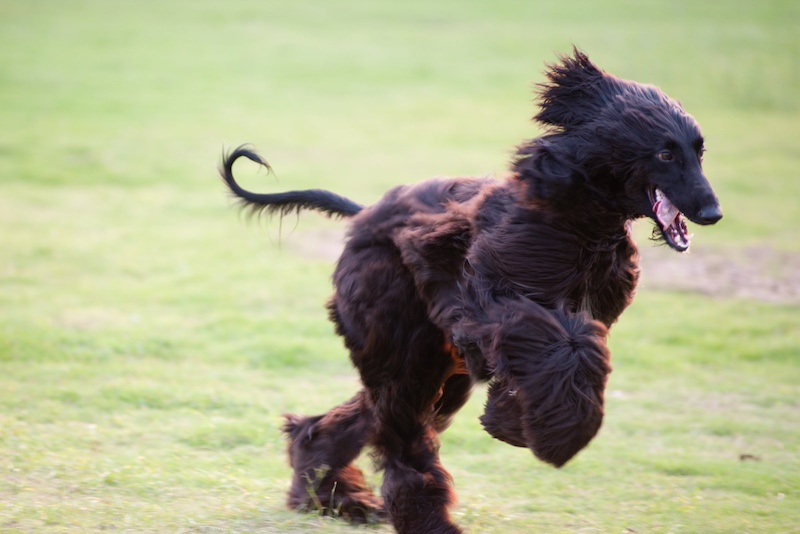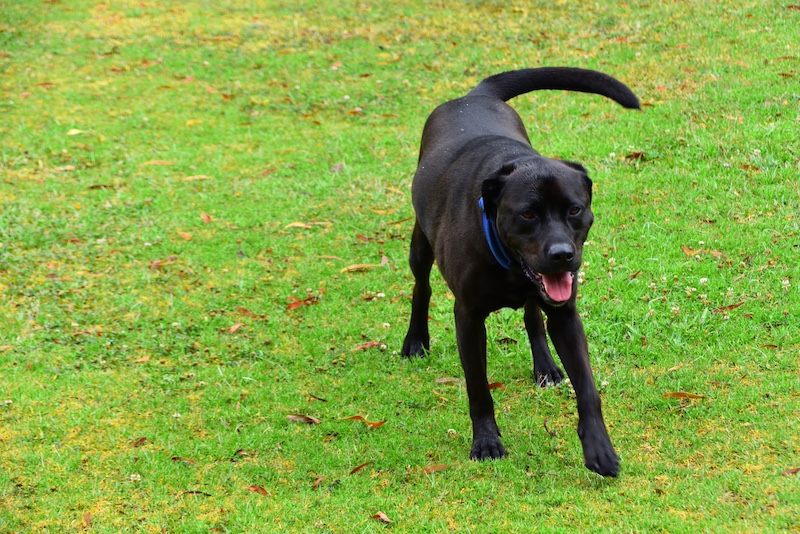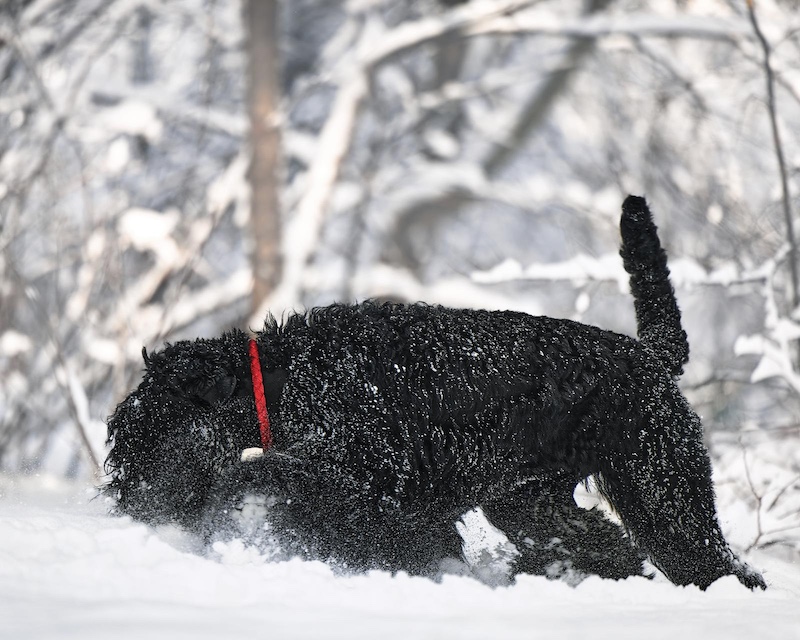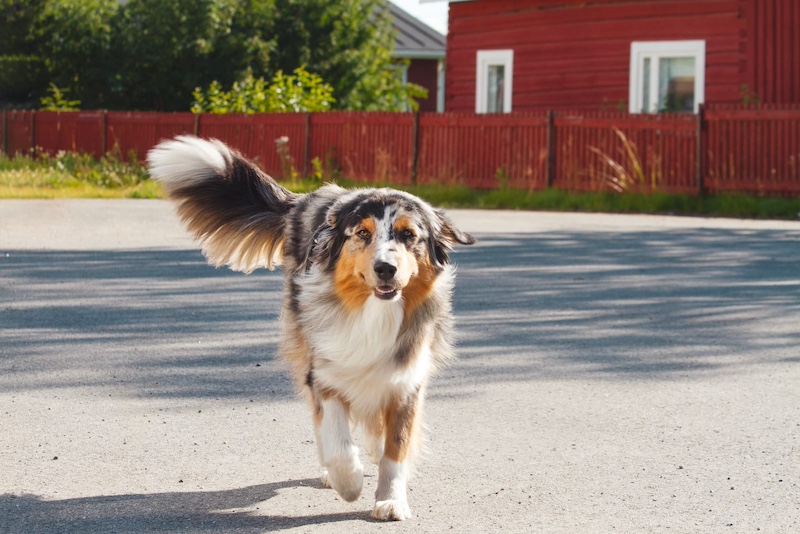A dog’s tail is more than just a wagging appendage. It’s a communication tool, a balance aid, and sometimes, even a reflection of their health and happiness. While we often admire the wagging tail as a sign of joy, there’s much more to these fascinating appendages than meets the eye. Here are ten fun facts about your dog’s tail that might surprise you.
1. Tails Are a Language All Their Own

Dogs use their tails to communicate a wide range of emotions. A wagging tail can indicate happiness, but the speed, height, and direction of the wag all contribute to its meaning. A slow wag might mean your dog is feeling cautious, while a rapid, side-to-side wag is often a sign of excitement. A tail held high and stiff might suggest alertness or confidence, whereas a tail tucked between the legs can signal fear or submission.
2. Tails Help with Balance

A dog’s tail is essential for maintaining balance, especially when running, climbing, or making sharp turns. Just like a tightrope walker uses a balance pole, a dog uses its tail to help navigate tricky terrain and stay upright. This is particularly important for breeds that are natural hunters or herders, as they often need to make quick and agile movements.
3. Different Breeds, Different Tails

Dog tails come in a variety of shapes and sizes, depending on the breed. Some dogs have long, flowing tails like the Golden Retriever, while others have short, stubby tails like the French Bulldog. Certain breeds even have curled tails that loop over their backs, such as the Shiba Inu or Pug. The shape and size of a dog’s tail can sometimes hint at their ancestry and original purpose, like the strong, thick tails of water-retrieving breeds that help them swim.
4. Puppies Wag Their Tails Early

Puppies start wagging their tails at a very young age, typically around three to four weeks old. This behavior is often seen when they begin interacting with their littermates, signaling the start of their social development. As they grow, tail wagging becomes a key part of how they communicate with other dogs and humans.
5. A Dog’s Tail Can Be a Health Indicator

Your dog’s tail can offer clues about their overall health and well-being. A constantly tucked tail could be a sign of pain, stress, or fear, while a limp or inactive tail might indicate an injury. Some dogs can suffer from a condition known as “limber tail” or “cold tail,” which is a temporary paralysis of the tail muscles often caused by overexertion, swimming in cold water, or prolonged confinement.
6. Tail Wagging Direction Matters

The direction in which a dog wags its tail can convey different emotions. Research has shown that dogs tend to wag their tails to the right when they’re feeling positive or confident, and to the left when they’re experiencing anxiety or stress. This asymmetrical tail wagging is thought to be linked to the different hemispheres of the dog’s brain, with the right hemisphere controlling emotions related to fear and the left associated with positive feelings.
7. Tails Can Be Powerful Tools

A dog’s tail isn’t just for show—it’s a powerful tool that can be used in various ways. For example, breeds like the Labrador Retriever use their tails as rudders while swimming, helping them steer through the water. In contrast, a dog like the Alaskan Malamute might use its tail as a warm blanket, curling it around their face to protect against cold weather.
8. Docking Tails Has Historical Roots

Tail docking, the practice of removing part of a dog’s tail, has historical roots in working dogs. It was believed to prevent injuries in dogs that worked in dangerous environments, like hunting or herding. Today, tail docking is often done for cosmetic reasons, although it is controversial and banned in many countries. A dog’s natural tail, with its ability to express emotion and aid in movement, is an important part of their anatomy.
9. Some Dogs Are Born Without Tails

While most dogs have tails, some are born without them or with very short ones due to genetics. These tailless breeds, such as the Australian Stumpy Tail Cattle Dog or the Pembroke Welsh Corgi, have a naturally bobbed tail. This trait has been selectively bred for in some working dogs, where a long tail might be a hindrance in their specific jobs.
10. Your Dog’s Tail Is Unique

Just like fingerprints in humans, every dog’s tail is unique. The way it moves, its shape, size, and even the pattern of fur on it, all contribute to your dog’s individual identity. Some dogs may have quirky tail behaviors, like wagging in circles or vibrating with excitement, making their tail a true reflection of their personality.
This content was created with the assistance of AI and thoroughly edited by a human before publishing.

